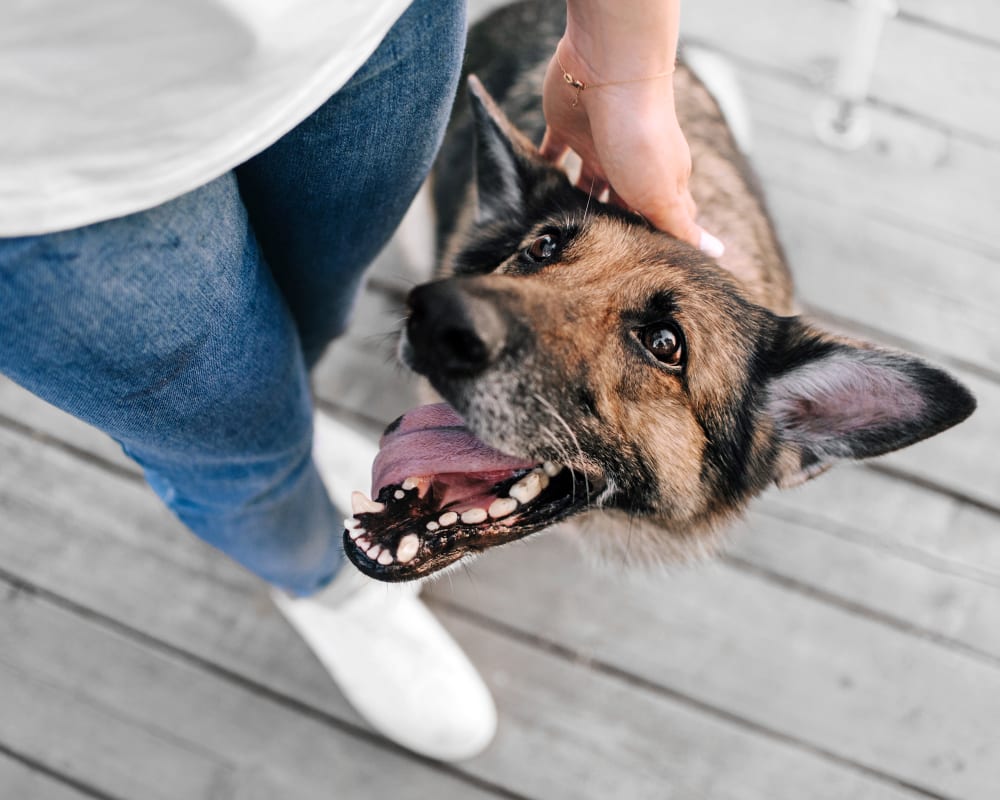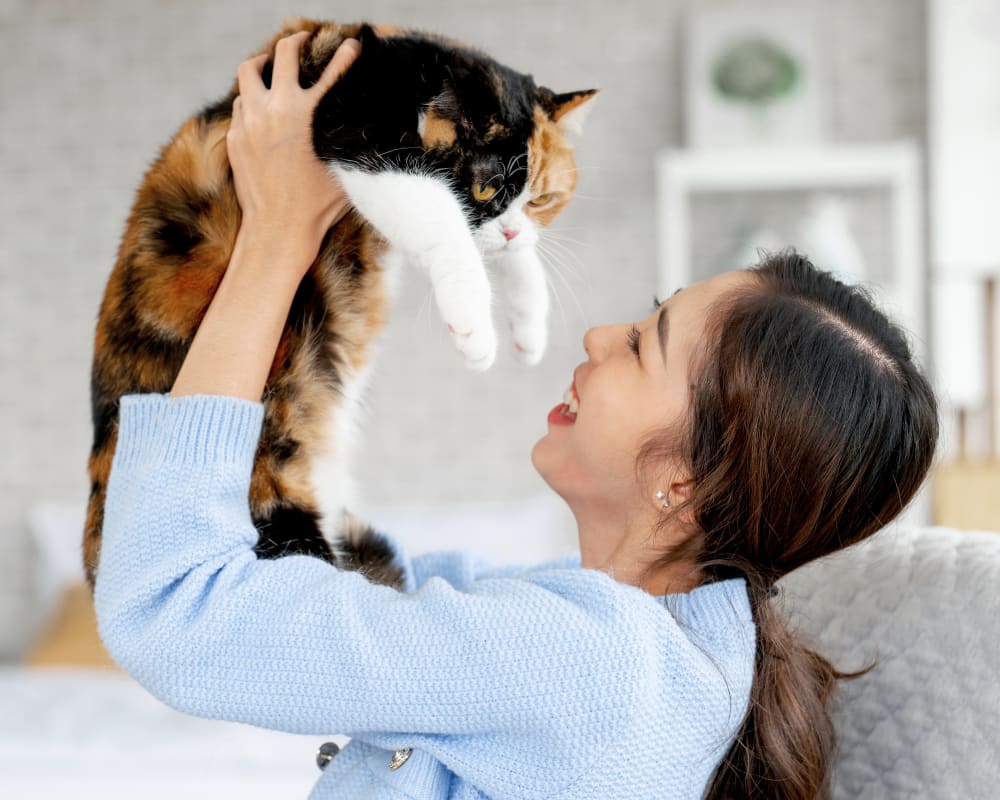
Surgery for Cats & Dogs
At Burlington Veterinary Emergency & Referral Hospital, our veterinary surgeons offer comprehensive procedures ranging from elective surgery for sports medicine patients to ocular procedures, mass removal, total hip replacement and open-heart surgery.
Veterinary surgeries are performed using operative technology, with support staff available to our surgical patients.
Our surgical specialists will conduct a thorough examination based on your pet's health issues and recommend diagnostic tests and procedures. We will discuss risks and anticipated outcomes with you so you are kept fully informed about your pet's health.
Board-Certified Veterinary Surgeons
To become a certified specialist, a veterinary surgeon has to undergo additional training after veterinary school. Their primary focus is on surgery so you can assure that your pet's surgical needs are well taken care of.
Meet Our Specialty VeterinariansWhat to Expect with Veterinary Surgery
At Burlington Veterinary Emergency & Referral Hospital, our surgical centre is equipped with surgical instrumentation and equipment. Everything we do, every decision we make, is designed to ensure post-operative success for your pet.
-
Soft Tissue Surgery
For pets suffering from ear, nose, and throat disorders, we offer soft tissue surgical procedures.
These procedures are also available for hepatic, urogenital, oncological, cardiothoracic, gastrointestinal, and skin disorders. -
C-Sections
During Cesarean sections, we surgically remove puppies or kittens from their mother's uterus.
C-sections are typically performed when the mother is unable to give birth naturally. -
Ocular
If your pet is experiencing pain, redness or other symptoms in or around their eyes, they may need ocular surgery.
Common ocular procedures for cats and dogs include eyelid tumor removal, cataract surgery, ectropion surgery, entropion surgery, exenteration of the orbit and cherry eye surgery.
If your cat or dog requires a veterinary surgical specialist to perform the surgery, our veterinarians will refer you to a pet surgeon near Burlington and work closely with your animal surgeon to ensure that your pet receives the best possible care. -
Mass Removal
Cats and dogs can develop masses associated with the skin. Masses can also grow inside a body cavity and can be serious or life-threatening.
Mass removal surgery is a fairly common procedure for both cats and dogs. -
Foreign Body
Sometimes, foreign objects are ingested or can get stuck inside a cat's or dog's body.
Whether your pet has eaten an object they shouldn't have or an accident has left them injured, we can perform foreign body surgery to remove it.
In some cases, specialized skills or equipment are needed to perform pet surgery. If that is the case for your animal, your vet will refer you to a cat or dog surgeon near Burlington and work closely with your veterinary surgeon to ensure that your dog or cat receives the very best care. -
Wounds
Wounds occur when living tissue has been cut, broken, burnt, torn, or otherwise damaged.
It's imperative that these wounds be cleaned, disinfected, and appropriately cared for by a qualified veterinarian as soon as possible. -
Orthopedic Surgery
Orthopedic surgeries correct injuries and diseases of the bones, ligaments, joints, tendons, and other skeletal structures in your pet. If your dog or cat is suffering from a condition or injury that requires advanced specialized care your vet will refer your dog or cat to a vet surgeon near Burlington.
-
Dental Surgery
Our veterinarians provide dental surgeries for dogs and cats. These surgeries can range from tooth extractions to gum disease treatment and jaw fracture repairs.

